
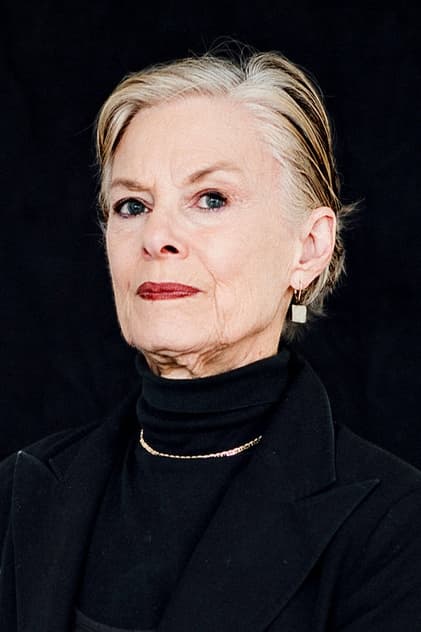
Lucinda Childs
Born: June 26, 1940
in New York, New York, U.S.A.
in New York, New York, U.S.A.
Lucinda Childs is an American postmodern dancer/choreographer and actress. Her compositions are known for their minimalistic movements yet complex transitions.
Movies for Lucinda Childs...
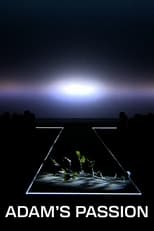
Title: Adam's Passion
Character: Woman
Released: September 8, 2015
Type: Movie
Adam’s Passion is the moving first collaboration between two “masters of slow motion who harmonize perfectly with each other” (Frankfurter Allgemeine Zeitung). In the spectacular setting of a former submarine factory, American director and universal artist Robert Wilson creates a poetic visual world in which the mystical musical language of the Estonian composer Arvo Pärt can cast its meditative spell. Three of Pärt’s major works – Adam’s Lament, Tabula rasa, and Miserere, as well as Sequentia, a new work composed especially for this production – are brought together here using light, space, and movement to create a tightly-woven Gesamtkunstwerk in which the artistic visions of these two great artists mirror each other.


Title: Regarding Susan Sontag
Character: Herself
Released: April 20, 2014
Type: Movie
An intimate study of one of the most influential and provocative thinkers of the 20th century tracking feminist icon Susan Sontag’s seminal, life-changing moments through archival materials, accounts from friends, family, colleagues, and lovers, as well as her own words, as read by Patricia Clarkson.

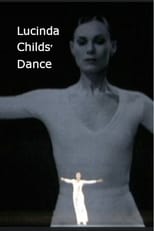
Title: Lucinda Childs' Dance
Character: Self
Released: December 1, 2011
Type: Movie
A documentary about the American postmodern dancer and choreographer Lucinda Childs. For Dance, a choreography from '79 set to the music of Philip Glass in film/decor of Sol Lewitt, Lucinda received a Guggenheim Fellowship. This masterpiece is the leitmotiv in this documentary. We see Lucinda in NY where she re-stages Dance during the Lincoln Center Out of Doors 2010. We also follow her in Arnhem during the preparations of the piece at Introdans, where it will premiere as a part of ”Sterren en Strepen” (Stars and Stripes). For this show Introdans united the king and queen of modern dance, Hans van Manen and Lucinda Childs, in order to show their pieces together. We will also be speaking to prominent figures from the dance scene about her influence on Dutch modern dance.


Title: Einstein on the Beach: The Changing Image of Opera
Character: choreographer (herself)
Released: October 14, 1985
Type: Movie
The creative processes of avant-garde composer Philip Glass and progressive director/designer Robert Wilson are examined in this film. It documents their collaboration on this tradition breaking opera.



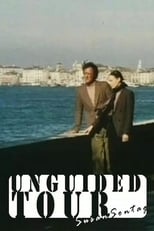
Title: Unguided Tour
Released: January 1, 1983
Type: Movie
Also known as “Letter from Venice,” Susan Sontag’s fourth and final film tells of a relationship that is fragmenting as the partners tour the decaying ruins of a hallucinatory Venice.

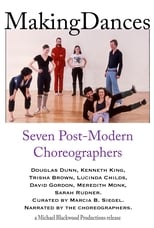
Title: Making Dances: Seven Post-Modern Choreographers
Released: October 1, 1980
Type: Movie
Made in 1980, this film explores the contemporary dance scene through the work of seven New York-based choreographers. They discuss the nature of dance and the evolution of their own work. Filmed at rehearsals, performances, and during interviews, the film is a unique primary source. The artistic roots of these seven artists can be found in Martha Graham's concern with modern life as a subject for dance and in Merce Cunningham's emphasis on the nature of movement. In the 1960s, the interaction of art forms generated choreographic innovations. Especially influential was John Cage, whose radical ideas served as a point of departure for much of the new choreography. Each of the choreographers in Making Dances draws inspiration from the Graham/Cunningham tradition, yet each makes a highly distinctive statement. Structure, movement in non-fictive time and space, and the nature of movement itself are recurring themes.

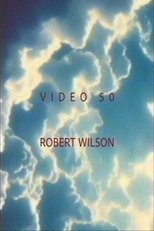
Title: Video 50
Released: February 2, 1978
Type: Movie
Produced in an era before 24-hour programming cycles, Video 50 was initially used as a late night filler on TV stations in Germany, France, Belgium, and Switzerland. Random, surreal, and unexpected, Video 50 resembles the dream cycle of a dormant TV station after it conscious programming has ceased. Its structure and form anticipate the dissociated sequence of moving images we are now accustomed to encountering on YouTube and social media.

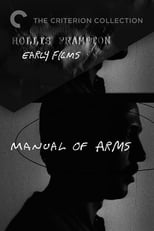
Title: Manual of Arms
Released: December 31, 1966
Type: Movie
In this "fourteen-part drill for the camera," Frampton created a portrait gallery of his art-world friends engaging in a variety of ordinary activities.

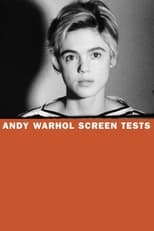
Title: Andy Warhol Screen Tests
Character: Self
Released: November 28, 1965
Type: Movie
The films were made between 1964 and 1966 at Warhol's Factory studio in New York City. Subjects were captured in stark relief by a strong key light, and filmed by Warhol with his stationary 16mm Bolex camera on silent, black and white, 100-foot rolls of film at 24 frames per second. The resulting two-and-a-half-minute film reels were then screened in 'slow motion' at 16 frames per second.


Title: Shoulder
Character: Shoulder
Released: December 1, 1964
Type: Movie
According to the first volume of the Andy Warhol film cat. rais., the film was probably shot on the same day as Jill Johnston Dancing. In the Stephen Koch filmography, Shoulder is listed as: "16mm, 4 minutes, B/W, silent, 16 fps. Filmed summer, 1964. Lucinda Childs' shoulder."

![Screen Test [ST53]: Lucinda Childs](https://image.tmdb.org/t/p/w154/6ZfRvOWbXmCn2IyqheYxd0CKNG5.jpg)
Title: Screen Test [ST53]: Lucinda Childs
Character: Herself
Released: January 1, 1964
Type: Movie
One of two(?) 1964 screen tests of Childs. Runs 4 minutes, 24 seconds in length

![Screen Test [ST52] Lucinda Childs](https://image.tmdb.org/t/p/h632/qdyh4pV5z2EFArDwBAbrOp2MjqX.jpg)
Title: Screen Test [ST52] Lucinda Childs
Character: Herself
Released: December 31, 1969
Type: Movie
One of two(?) 1964 screen tests of Childs. Runs 4 minutes, 30 seconds in length.
